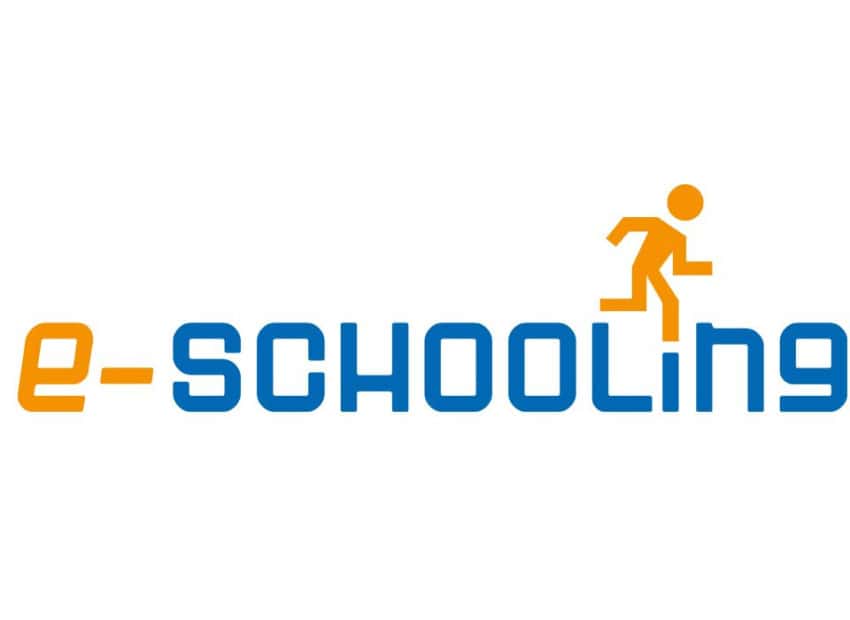The revolutionary merger of education and digital technology has resulted in effective and efficient learning. Once embraced and integrated fully, it will ensure the provision of education even in the most backward areas and to the most underrated segment of society: girls, poverty-stricken children and physically disabled students. In addition, the positive use of the Internet will spread throughout the country providing a platform where learners will have easy access to knowledge. For the starters, it is helping children from the middle class or above to stay home and be part of online schooling and education networks.
Provincial governments must respond to the educational emergency by seeking regulation of the online schools from the respective district-education boards or create an exclusive one for e-schooling. From education management quality control perspective, the affiliation of school, adaption of standardized curricula, skill development of teachers and assessment of examination all requisite regulation. The first step in offering online schooling is of course their own registering with the board to become credible for students enrollment notwithstanding their age. It’d not overburden the education boards, as there is already an established system of examination working countrywide.
The only impact it is going to have on examination boards is that the students of online schools will be considered regular students instead of private students. In the beginning, the same curriculum and examination papers used by schools and boards should be followed in order to have a well-calculated kick-start. At the moment, there is a robust need for facilitating the society’s educational needs.
A huge number of students especially belonging to the underprivileged segment of society will be enrolled as online students. This step will boost the education sector and put the country on the desired path of achieving sustainable development goal 4.
In a country like Pakistan where education is the most neglected factor, establishing online schools isn’t an idea of fairyland. The prevalent adverse conditions of education require revolutionary steps for the provision of equitable and fair education to all.
From parents’ perspective
Today parents are being crushed from both sides, school and children’s demands: schools’ expenses are rising day by day leading to the needs and demands of children. Conventional schools don’t lose any chance of earning as well as of overburdening the parents. Life at a regular schools demands extravagant admission fee, books, notebooks, stationary, transportation charges, programs and exorbitant monthly fee. On the other hand, parents always fear the safety of their children.
Online education is a remedy for all the prevalent issues faced by the society and parents. It is not only safe but cost effective also. An Internet connection and a laptop or desktop resolve all the issues. Students don’t need any uniform and transportation whereas it offers ample time to be spent with children. Parents don’t have to pay an extraordinary amount of money to the school, as a result of which money can be used for the health and other necessities. By this, every online student receives ideal attention and food enabling them to be a physically and mentally well grown up.
K12 online schools
In 1999, the USA introduced online public schools for the provision of high standard education. These schools resemble the conventional schools to a great extent but the uniqueness of these is that all these of them are online. Being a public entity, no tuition fee is charged to the students. Kindergartens to grade twelve students are offered quality education by state-certified or –licensed teachers. All the assessments are regulated by the state-education authority.
K12 schools are divided into five types: Virtual Academies, Insight Schools, Blended Schools, Destination and career academies and District-Run Schools. All these models serve the nation online according to the needs of the student.
- Advanced learners looking for an academic challenge
- Middle and high schoolers interested in getting a head start on their college education
- Career-minded students wanting to explore in-demand careers
- Families wanting consistency in their child’s education despite frequent relocation
- Athletes, musicians, and students pursuing their dreams while in school
- Those homebound or undergoing medical treatments who want to continue with their public school education
- Students needing more support academically and are determined to succeed
- Families who want to be more involved in their child’s schooling
InterHigh online School the UK
Leading online education school, InterHigh was established in 2005. The UK’s National curriculum is taught here to national and international students. All the students from grade 7 to A Levels are enrolled where the real-time schedule is followed in live sessions. These sessions are interactive and conducted by highly trained and certified teachers on weekdays between 9:30 am and 3 pm. The school has a rich online library available 24/7 which includes lesson archive to help students prepare for homework and assessments.
Tools for e-schooling
Globally, standard online schools use a computer application to connect all: teacher, pupil and classroom. These online portals are tailored to provide the best services. YouTube is also a wonderful platform to inculcate knowledge. Even affluent traditional schools must put their classes’ videos on YouTube and website for public learning.
Smartphones considered epidemics can become fruitful if apps are developed to teach a certain curriculum. Though there are random apps available a platform meant to target the specific age groups or education level can do wonders.
Social media perfectly bridges the gap between populace and education. Facebook and WhatsApp groups help reach the public: why can’t we utilize these opportunities to provide education?
Conclusion
Pakistan’s educational landscape depicts a dire need for an increase in enrolment to fulfilling the needs of the students of diverse backgrounds and dissimilar abilities. Every student is unique in almost all the aspects but here we not only suffer from inaccessibility but education is equal to impossible for special people. For Punjab’s almost 200 million people, only five institutions are serving the physically disabled students ageing from 4 to 10 years and 36 institutions are teaching the slow learners. The statistics of Punjab Special education show that presently only ‘‘2 teachers training colleges are providing professional training in special education and offering B.Ed. in Special Needs, M.Ed. in Visual Impairment, Teachers of Deaf, Speech & languages and M.A Special Education to the teachers.”
Initially, online schools can start working for the urban middle class which is well versed in digital technology. The greatest advantage of e-schooling that its reach is beyond any geographical or age limit. Ultimately, these kinds of schools will serve the cause of provision of equal and high standard education. Provincial or national assessment board should be the next target.














